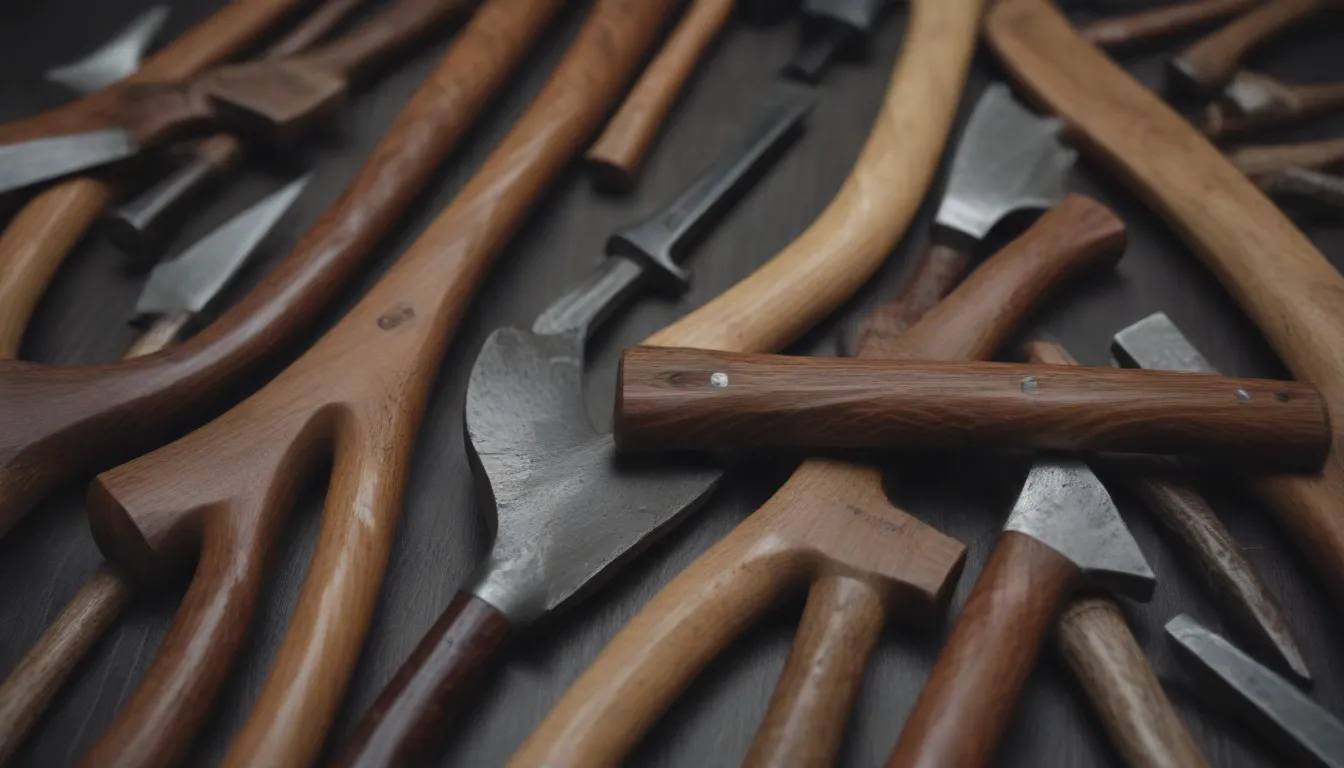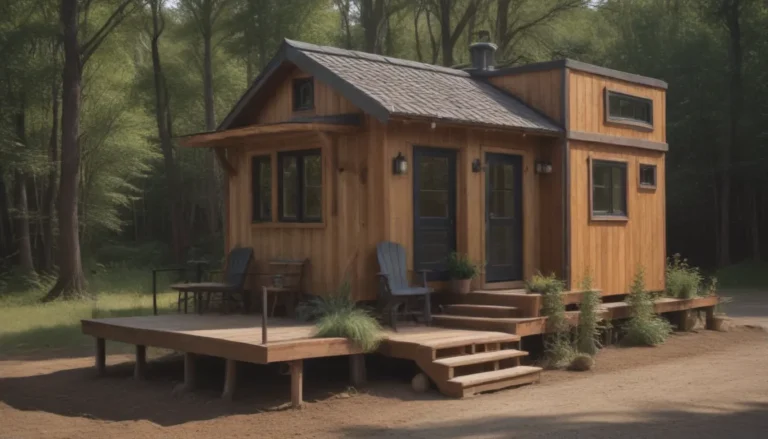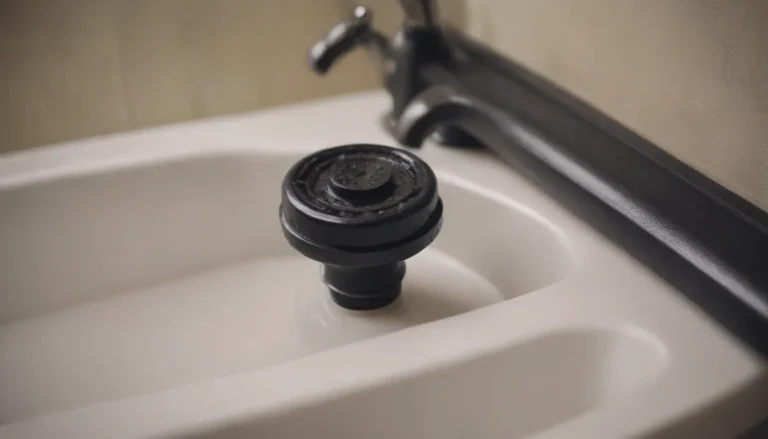Everything You Need to Know About Different Types of Axes

If you’re a homeowner who loves taking on DIY projects or maintaining your property, then having the right tools, like axes, is essential. Axes come in various types, each serving a specific purpose. Knowing which axe to use for which task can make your projects easier and more efficient.
Understanding the Different Types of Axes and Their Uses
Let’s explore 21 types of axes and what each one is best suited for:
1. Felling Axe
- Best for: Chopping down large trees for property maintenance, landscaping, decorative use, and firewood.
- Description: Felling axes have long handles and a flared, sharp blade, making them ideal for chopping trees and splitting thick logs.
2. Hatchet
- Best for: Cutting down small trees for property maintenance, firewood, and kindling.
- Description: Hatchets have shorter handles and are perfect for one-handed use. They are compact and lightweight, making them ideal for outdoor activities like camping and hiking.
3. Carpenter’s Axe
- Best for: Carpentry and woodworking.
- Description: Carpenter’s axes are similar to hatchets but slightly larger. They have a straight blade edge for making precise cuts and can also double as a hammer for pulling nails.
4. Pickaxe
- Best for: Gardening and landscaping.
- Description: Pickaxes have a T-shaped head with one side for digging and breaking up soil and the other side for chiseling rocks and concrete.
5. Tactical Axe
- Best for: Chopping firewood and digging small holes.
- Description: Tactical axes are versatile tools for cutting firewood, shoveling, prying, and other small tasks, making them perfect for camping trips.
6. Grub Axe (Mattock)
- Best for: Gardening and landscaping.
- Description: Grub axes have double-edge heads, with one side acting as an axe and the other as an adze for digging up soil and breaking rough terrain.
7. Broad Axe
- Best for: Carpentry and woodworking.
- Description: Broad axes are used for hewing wood and creating flat edges on lumber. They feature a flat edge on one side and a beveled blade edge on the other.
8. Double Bevel Axe
- Best for: Carpentry and woodworking.
- Description: Double bevel axes have beveled edges on both sides of the blade, allowing both left- and right-handed users to hew wood with precision.
9. Splitting Maul
- Best for: Splitting wood for kindling.
- Description: Splitting mauls have a heavy, wedge-shaped head for splitting wood with forceful downward swings.
10. Hudson Bay Axe
- Best for: Chopping and splitting firewood.
- Description: Hudson Bay axes are medium-sized tools ideal for chopping and splitting wood for various applications.
11. Forest Axe
- Best for: Felling trees.
- Description: Forest axes are designed for chopping down large trees, with extra-long handles and heavy-duty blades.
12. Double Bit Axe
- Best for: Felling and chopping trees, splitting wood for kindling.
- Description: Double bit axes have a double-sided head, with one side for splitting wood and the other for chopping.
13. Tomahawk
- Best for: Chopping, splitting, prying, and digging.
- Description: Tomahawks are versatile tools originally used by Native Americans for various small jobs.
14. Roofing Axe
- Best for: Installing roofing material.
- Description: Roofing axes have two-sided heads for cutting shingles and hammering nails, with modern versions featuring magnetized hammerheads for easier nail pounding.
15. Adze
- Best for: Woodworking, carving.
- Description: Adzes have short handles and horizontal blades for detailed woodwork, carving, and smoothing out surfaces.
16. Picaroon (or Pickaroon)
- Best for: Maneuvering logs.
- Description: Picaroons have pick-like heads for picking up and moving logs without bending down, making them ideal for timber work.
17. Japanese Nata Hatchet
- Best for: Pruning, clearing, and splitting wood.
- Description: Japanese Nata hatchets are versatile tools for various maintenance applications, including pruning trees and clearing bushes.
18. Miner’s Axe
- Best for: Working in close quarters.
- Description: Miner’s axes have full-size heads but shorter handles for cutting and splitting wood in tight spaces.
19. Hunter’s Axe
- Best for: Chopping wood.
- Description: Hunter’s axes have chopping blade edges suitable for wood and game, with a flying edge on the butt end for field dressing large game.
20. Fire Axe
- Best for: Fire emergencies.
- Description: Fire axes are essential tools used by emergency responders for cutting through doors and obstacles in fire and forestry situations.
Conclusion
Understanding the different types of axes and their uses can help you choose the right tool for your specific project. Whether you’re chopping wood, pruning trees, or clearing bushes, having the appropriate axe can make your tasks easier and more efficient. So, next time you’re embarking on a DIY project or maintaining your property, remember to pick the right axe for the job!





